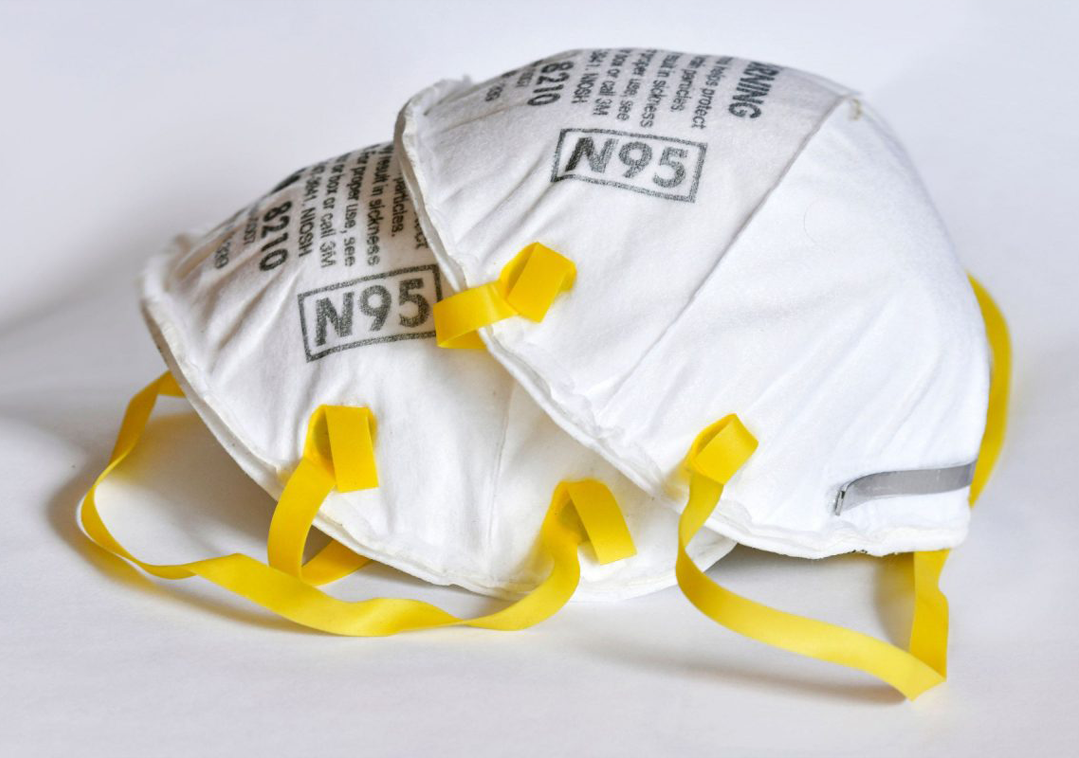Harvard Team Says Use N95s When Community COVID-19 Rates High

Although COVID-19 cases in skilled nursing homes have dropped dramatically, declining 98% since last December, precautions should remain in place as spikes are expected, especially from stronger virus variants. While restrictions are relaxing throughout the country, federal organizations and medical professionals emphasize the importance of ongoing management of the coronavirus.
The Centers for Disease Control and Prevention (CDC) has not veered from its initial recommendation that long-term care providers wear N95 respirators when seeing patients with possible or confirmed COVID-19. However, a team of Harvard physicians have expanded those guidelines by encouraging continued N95 usage and tracking of area-wide COVID-19 rates to further improve the chances of preventing infection and transmission.
“N95s may be just as important for the care of patients without suspected COVID-19 when community incidence rates are high,” wrote Michael Klompas, M.D., MPH, of Harvard Medical School and Harvard Pilgrim Health Care Institute, Boston. “This is because SARS-CoV-2 is most contagious before symptom onset,” he added. “Ironically, by the time patients are sick enough to be admitted to hospital with COVID-19, they tend to be less contagious.”
Klompas emphasizes that communities are most vulnerable in the early, symptomless stages of infection when cases in the surrounding community spike. During these times, the precise fit and filtration of an N95 mask can provide extra protection from exposure to both patients as well as healthcare providers with early undiagnosed infection.
“Universal use of N95s may help decrease [healthcare-related] transmission at such times,” the authors concluded.
Click here to read the Harvard physicians’ recommendations in the Clinical Infectious Diseases journal.